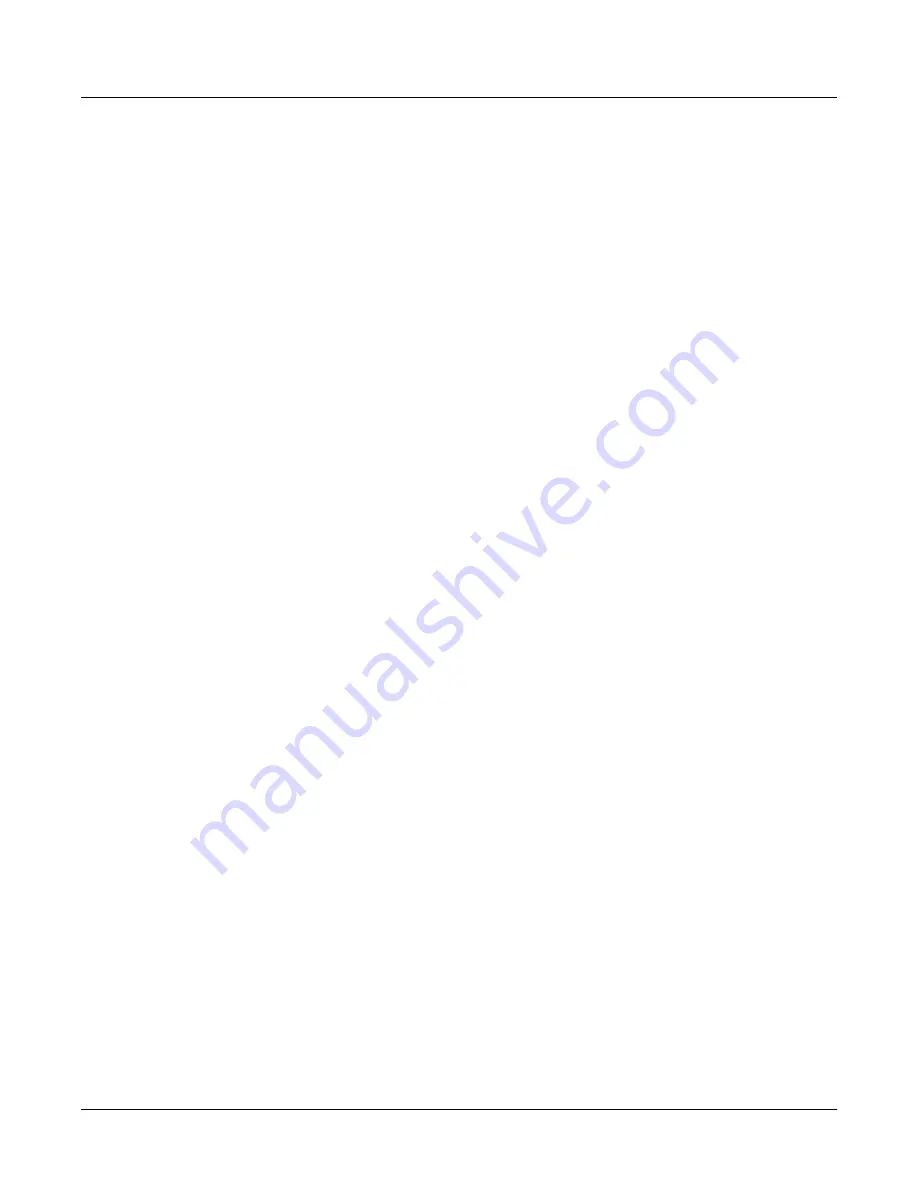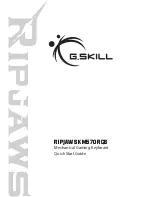
3-12
Performance Features
The Front Panel
Press any zone button once to make that zone the current zone. Assuming the zone is active (itÕs
active if the LED in its zone button is green), pressing its zone button once mutes the zone,
turning its LED orange. Press its zone button again to reactivate the zone, turning its LED green.
Press the
Solo
button to solo the current zone. The LED in the Solo button lights up, and the
soloed zoneÕs LED also turns red. The other zoneÕs LEDs donÕt change color, but if theyÕre active
(green LED), they stop generating note and Controller data, becoming backgrounded.
While the
Solo
button is on, you can press any zone button to solo the corresponding zone. You
can solo a zone even if itÕs muted. Press the
Solo
button again to turn its LED off, and any
backgrounded zones become active again. Muted zones stay muted.
The
EQ
button works the same way as it does in Internal Voices mode, as described on
page 3-14.
Buttons
SW1
Ð
SW5
are programmable in MIDI Setups mode. They can have different functions
for each zone in every setup. In other words, you can change what one of these buttons does in
Zone 1 of a setup, for example, and it wonÕt change what that button does in the other zones of
that setup (or in any other setup).
Sliders
A
Ð
D
are also programmable in MIDI Setups mode, and like the programmable buttons,
they can do different things in each zone of each setup.
KB3 Mode
The zone buttons control the percussion in the attack of each note you play in KB3 mode. Press
the
Zone 1
button to light its LED and activate percussion. When percussion is on, the other
three zone buttons control the percussionÕs volume (loud or soft), its decay rate (fast or slow),
and its pitch. Press the
Zone 1
button again to turn off its LED and deactivate percussion.
When percussion is inactive, the percussion volume, decay, and pitch are also inactive.
You can change the characteristics of the percussion effect with a series of parameters in the
Envelope menu. WeÕll describe this in
The KB3 Editor
on page 4-20.
The
Drawbar Toggle
button determines which drawbars are controlled by Sliders
A
Ð
D
. When
the button is on, the sliders control drawbars 1Ð4 (corresponding to the Þrst four digits from the
left in the bottom line of the display). When the button is off, the sliders control drawbars 5Ð8
(the Þfth through eighth digits). Drawbar 9 is always controlled by the Mod Wheel.
The
EQ
button works the same way as it does in Internal Voices mode, as described on
page 3-14.
Buttons
SW1
Ð
SW3
control rotary-speaker effects, as well as chorus and vibrato. These buttons
are active only when the
FX-A
button is on. (ThereÕs no octave shift feature in KB3 mode.)
Button
SW1
switches between a fast and slow rotary effect; on is fast, and off is slow. When you
turn this button on, its LED lights, and the rotary effect ramps up from a preset low rate to a
preset high rate (both of which are controlled by parameters in the LFO menu).
Button
SW2
turns the chorus/vibrato on and off while
SW3
cycles through six effectsÑthree
chorus settings, and three vibrato settings. When you turn SW2 on, its LED lights, and you can
change the chorus or vibrato by pressing
SW3
one or more times. The LED in
SW3
does not
light up.
The functions of Buttons
SW4
and
SW5
are determined by the internal setup, just as they are in
Internal Voices mode.
Sliders
A
Ð
D
control the drawbar settings. They correspond to drawbars 1Ð4 when the
Drawbar
Toggle
button is off, and drawbars 5Ð8 when the
Drawbar Toggle
button is on.
















































